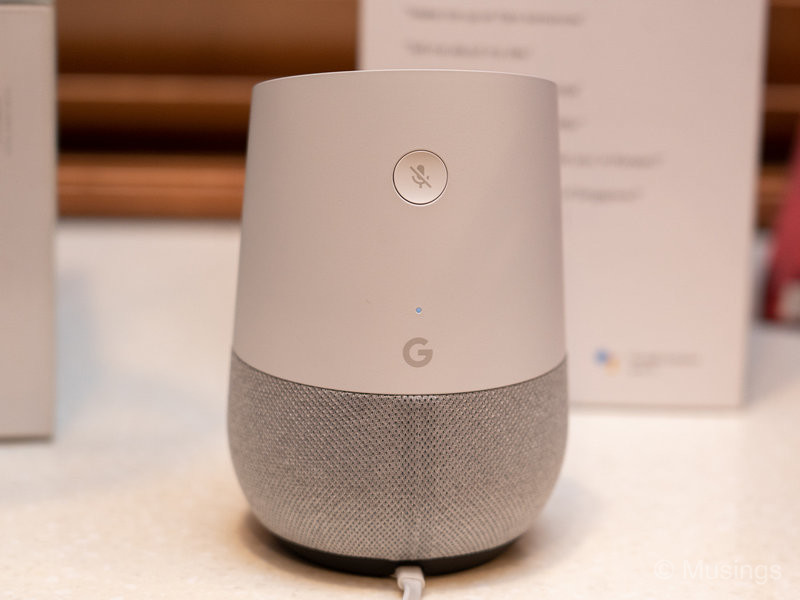The new category of devices – Smart Speakers – seems pretty much like a natural amalgamation of several technologies that have surfaced over the last decade or two: voice recognition, natural language processing, and integrated services. Oddly, most of the tech giants, apart from Apple, Google, Amazon and Microsoft, seemed to be somewhat lethargic in coming up with their own vacation of smart speakers.
So, for home owners seeking to turn one’s home into a supposedly ‘smarter’ home, there are really just two well-established options at this point: from Amazon, or Google. The Amazon line of Echo devices have been longer in the market and boasts of 31 million users, versus the 14 million for Google Home. Going by evaluations and reviews, the two devices are broadly similar in its basic feature sets: they offer users hands-free interaction to do various productivity things, including home automation. The key differences between the two seem to lie along both devices’ core support for their respective ecosystems.
For myself at least, which voice-assistant speaker to go with was a non-starter. Amazon Echo devices are not distributed locally though you can still get them from the usual third party shippers, while Google Home devices are. So there. Nicely too, a local store carrying Google Home devices were offering substantial discounts from the already attractive recommended retail price of SGD169 here. The US pricing for the device is USD149/SGD174 – and I bought ours for SGD149. Another one of those shocker instances where things are cheaper here in Singapore.

The device was pretty easy to set-up, though oddly there wasn’t an option to use a PC to complete selected steps: you need a phone that has Google services installed on it. And further-on comments on it after several days of use:
The squat-looking speaker sits solidly on flat surfaces, and won’t easily topple. The Amazon Echo Gen 2 is taller with a higher center of gravity, and might be more prone to accidents for klutzes like me.
The device is powered with by AC with a proprietary connector. Would had been nice for it to be powered using USB-C, but oh well.
Audio quality is pretty good for its size, and it can get very loud at its highest volumes. It won’t sound as good as some of the pricier Bluetooth speakers, let alone dedicated multi-speaker setups. But they’re also typically not as diminutive as this Google Home.
The kids are having a ball of time with it, and it’s become more than just a home assistant but a child-sitter LOL. The kids have learned how to get Google Home to tell the time, play different music pieces, sing songs, tell nursery rhymes, tell jokes, find and play YouTube videos, and do mathematical sums. My usage at the moment is more limited: set alarms, currency conversions, get and make calendar updates, and set occasional reminders to do something around the house.
Oddly, while the device works perfectly in searching and playing YouTube videos on our Sony TV, Netflix integration is still a no-go.
Aside from the Sony Bravia TV, we don’t have any other home devices at this time that can integrate with Google Home. Not unless I spend a lot of money to change the air-conditioning units, and all the light bulbs in our Minton home.
Still, even if Google Home is now more a child engagement device, the kids are definitely enjoying it at least and constantly finding new things to ask it to do.
Ling was less awed though. Here was her first attempted request:
“OK Google. Can you iron clothes?”
“Sorry, I can’t help with that. Yet.”
LOL.
Recent comments